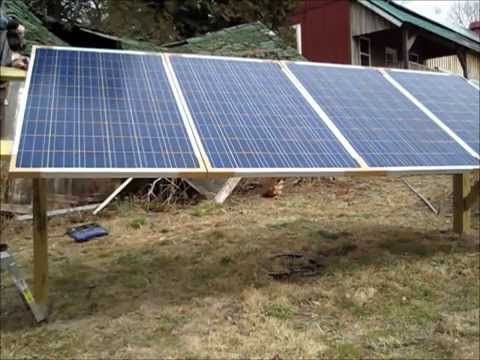Wattsun only recommended for large scale commercial installs a solar panel mount or solar racking system is the foundation that holds your solar array in place.
Roof mounted solar panel tracking system.
With proper installation a sturdy mount secures your panels in harsh weather and protects your investment.
Our star trackers are transparent architecturally pleasing bifacial tracking technology engineered for safety strength and increased production.
Roof mount solar racking systems a roof mount is a great option if your roof is sun exposed and in good condition.
A tall pole mounted system couldn t work on a roof.
Solar panel mounting and tracking systems come in a variety of different options and work to make your solar panel array as effective and efficient as possible.
Reducing the pv booster s support to one single panel helped lessen weight but a new pivoting tracking solution was necessary.
It s important to choose high quality components for a long lasting weatherproof installation.
Ideally in order to ensure your panels are receiving as much sunlight as possible sunlight must be perpendicular to your panels.
The black line represents an allearth dual axis solar tracker.
Traditional ground mounted dual axis tracker s attach tables of panels on a pole many feet off the ground.
Your final mounting choice will be dependant on available space with regard to exposure to sun.
The red line represents a fixed roof mount system south facing at a 30 tilt.
Solar trackers are typically used for ground mounted solar panels and large free standing solar installations like solar trees.
They are typically not used in most residential solar projects but have a place in the utility scale and commercial industrial solar market.
You ll need flashings clamps or tile hooks to attach the racks to your rooftop.
While the fixed system never reaches maximum power the tracker maintains full power output throughout most of the day from dawn to dusk a significant increase in production over the roof mount system.
Mounting options fall into the main categories below.
Most grid tied systems use the flush roof mounted arrangement while off grid systems usually use a roof ground mount or tracker that allows for seasonal tilt angle adjustment to provide maximum solar production throughout the year.
It couldn t support the weight or wind loads.




























